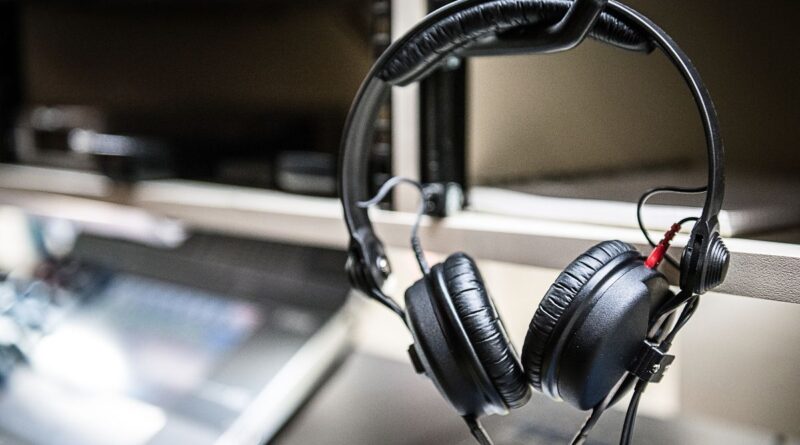Spis treści:
What is Headphone Impedance? – Essential Parameter for Sound Quality
When you’re exploring the world of headphones, you’ll often encounter a mysterious specification called impedance, measured in ohms (Ω). In simple terms, impedance represents how much electrical resistance your headphones present to the audio source. Think of it as the “effort” your audio device needs to push sound through the headphones. While this might sound technical, understanding impedance will help you make better choices for your listening experience and ensure your headphones work perfectly with your devices.
Understanding the Basics of Impedance
Headphone impedance typically ranges from 8 ohms to 600 ohms. Low-impedance headphones (under 32 ohms) work great with portable devices like smartphones and tablets because they need less power to produce adequate volume. High-impedance headphones (above 100 ohms) usually require more powerful amplification and are often used in professional studio environments. The relationship between impedance and sound quality isn’t straightforward – higher impedance doesn’t automatically mean better sound, but it does affect how your headphones interact with different audio sources.
Common Impedance Ranges and Their Uses
– 16-32Ω: Perfect for mobile devices, laptops, and portable music players
– 32-100Ω: Versatile range, works well with both portable devices and home audio equipment
– 100-300Ω: Usually requires a headphone amplifier, common in studio monitoring headphones
– 300-600Ω: Professional studio equipment, always needs amplification for optimal performance
Why Impedance Matters for Sound Quality
Impedance affects how your headphones handle power and respond to the audio signal. Low-impedance headphones can achieve higher volumes with less power but might be more susceptible to interference and distortion when paired with powerful amplifiers. High-impedance headphones typically offer better control over the driver movement, which can result in cleaner sound reproduction, especially in the bass frequencies. However, they need more power to reach the same volume levels as their low-impedance counterparts.
Matching Impedance with Your Device
The key to getting the best sound quality is matching your headphones’ impedance with your audio source’s output impedance. For mobile devices, stick to headphones with impedance under 32 ohms to ensure adequate volume and prevent battery drain. If you’re using a dedicated headphone amplifier or professional audio equipment, you can explore higher impedance options. A general rule of thumb is that the source’s output impedance should be less than 1/8th of the headphone’s impedance for optimal damping factor and sound control.
Common Misconceptions
Many people believe that higher impedance always equals better sound quality. This isn’t necessarily true. The sound quality depends on various factors, including driver design, materials, and overall construction quality. Impedance is just one piece of the puzzle. Also, while high-impedance headphones might offer certain technical advantages, they’re not practical for every listening situation. The best choice depends on your specific needs, equipment, and listening environment.
